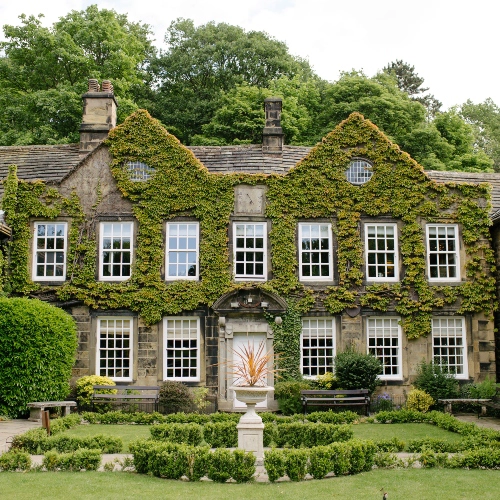Trustees – Examples of clients we support
“A trustee owes a duty of honesty, integrity, loyalty, and good faith to its beneficiaries. So, it is incredibly important for trustees to understand how best to protect the assets in their care.”
All trust assets are going to be valuable, whether art, land, or property, so let’s look at how we’ve advised some of our clients to protect their trusts properly.
Case study: Insurance for a trust responsible for estate propertyA country estate owner placed the estate property, including the residential cottages, into a trust. The family remained living in the main house, with some cottages rented out and others unoccupied or undergoing renovation. The trust came to us to help with the insurance. We advised that:
We also looked at the small print. Cover restrictions and terms for the empty cottages needed to be complied with, so we explained what these were. In addition, we offered risk management advice to help mitigate damage, such as water leak detection systems and linked smoke detectors. Providing advice is at the heart of everything we do, so we always offer clear, sensible and independent advice about what our clients should insure and how, so they can have confidence if they ever need to make a claim. |
|
Case study: Insurance for a multimillion-pound art collectionA wealthy individual placed their multimillion-pound art collection with a trust in Guernsey, with their two daughters as the beneficiaries. Some of the art is located at a museum, but most of the collection is on loan to the daughters, who keep the collection at their homes. The trust approached us for advice on their insurance. We provided the following advice:
We offer more than just insurance advice – we introduce our clients to a range of other expert service providers, from valuation companies to surveyors to property managers. |
|


